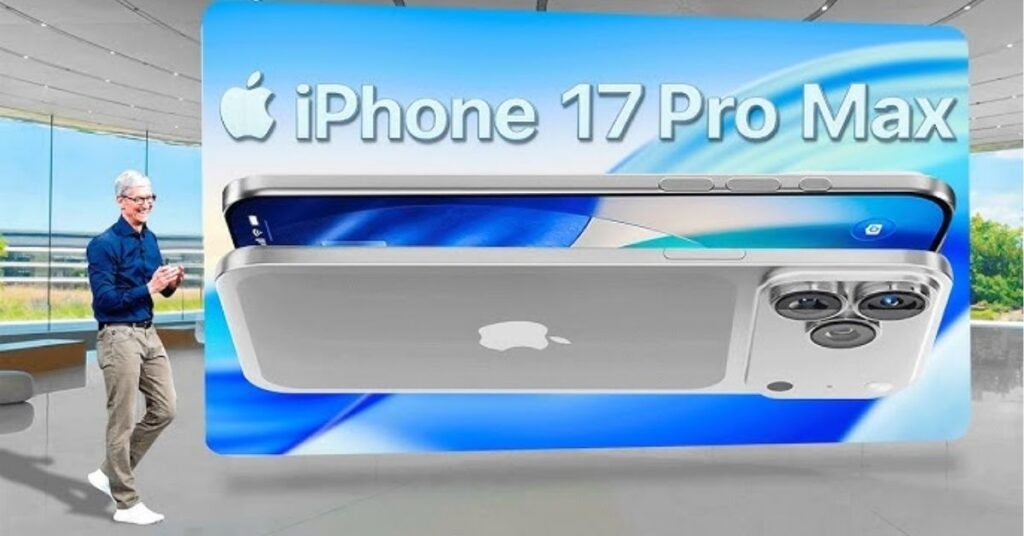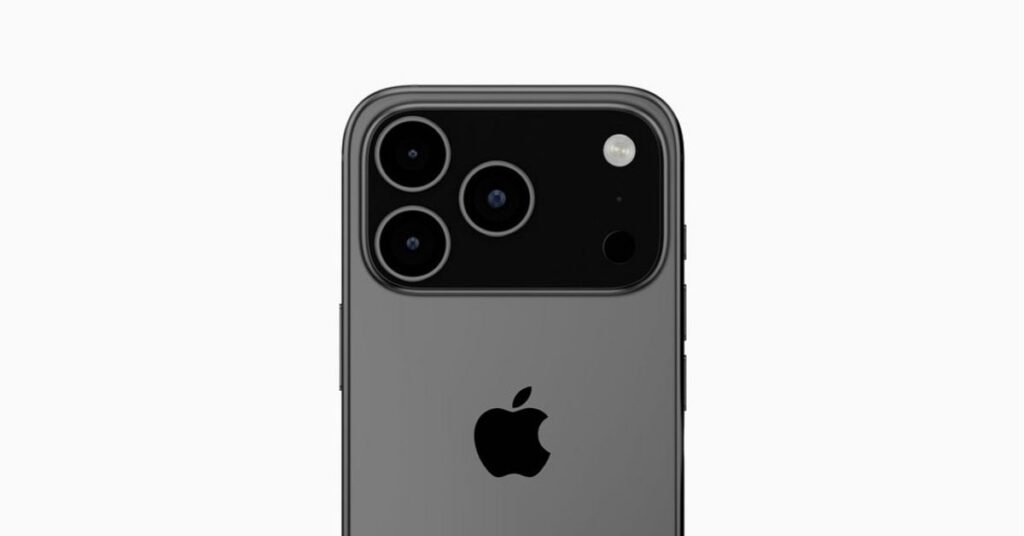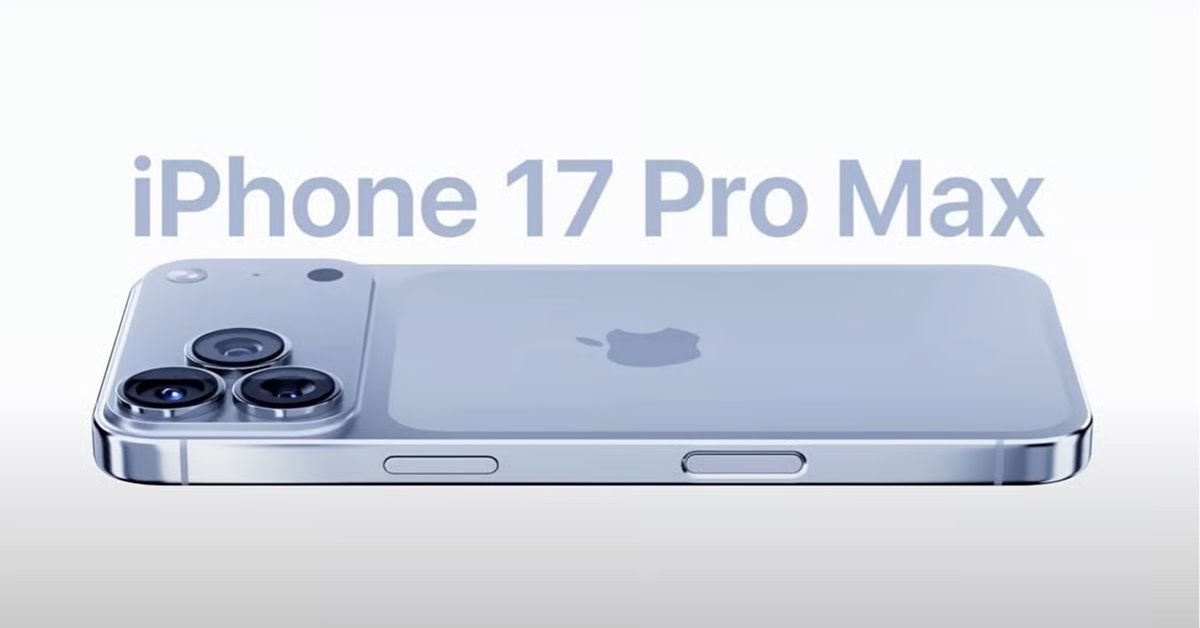Apple’s iPhone 17 Pro, set to launch in September 2025, is generating buzz with a game-changing feature: vapor chamber cooling for enhanced performance.
After years of relying on graphite sheets to manage heat, Apple is adopting this advanced technology to address persistent overheating complaints, particularly during demanding tasks like gaming and AI processing.
Leaked images and reports from sources like Majin Bu and Instant Digital confirm the iPhone 17 Pro and Pro Max will integrate vapor chambers, aligning Apple with high-end Android competitors.
This article explores how vapor chamber cooling for enhanced performance works, its impact on users, and whether it positions Apple as a leader in the 2025 smartphone race.
What Is Vapor Chamber Cooling?
Vapor chamber cooling is a sophisticated thermal management system already common in gaming laptops and premium Android phones.
Unlike the graphite sheets and metal frames used in current iPhones, which passively spread heat, a vapor chamber uses a sealed metal plate filled with a small amount of liquid (typically deionized water).
When the phone heats up, say, during 4K video editing or extended gaming, the liquid evaporates, spreads heat across the chamber, and condenses back into liquid, repeating the cycle.

This process, detailed in a June 2025 Macworld report, ensures faster, more even heat dissipation, preventing thermal throttling and maintaining performance under heavy loads.
For the iPhone 17 Pro’s A19 Pro chip, vapor chamber cooling for enhanced performance could unlock sustained power for intensive tasks.
Boosting Gaming, Multitasking, and High-Performance Apps
The introduction of vapor chamber cooling for enhanced performance promises significant benefits for U.S. iPhone users.
Gamers will enjoy consistent frame rates in titles like Genshin Impact or Resident Evil 4, as the vapor chamber prevents overheating that plagued the iPhone 15 Pro, which saw thermal issues in 2023.
Multitaskers juggling apps like Final Cut Pro, Messages, and Safari will experience smoother transitions without slowdowns, thanks to the A19 Pro chip running at peak speeds.
AI-driven features, such as Apple Intelligence’s generative models for photo editing or real-time translations, will also benefit, as on-device processing demands robust cooling.
A 9to5Mac report suggests the vapor chamber covers the entire logic board, ensuring components like the CPU, GPU, and memory stay cool, enhancing overall usability.
How Apple Stacks Up Against Competitors
Apple’s adoption of vapor chamber cooling for enhanced performance puts it in direct competition with Android flagships.
Samsung’s Galaxy S25 Ultra, revealed in January 2025, uses a vapor chamber to support its Snapdragon 8 Elite chip, delivering stable performance in gaming and 8K video recording.
Asus’s ROG Phone 9, a gaming-focused device, pairs vapor chambers with active cooling for unmatched thermal efficiency, though its bulkier design contrasts with Apple’s sleek aesthetic.
Other Android brands like Xiaomi and Oppo have used vapor chambers since 2019, as noted by Android Headlines, giving them a head start.
Apple’s challenge is integrating this tech into the iPhone 17 Pro’s slim 8.9mm chassis without compromising battery life or weight, a feat competitors have struggled with.
Potential Drawbacks and Trade-Offs
While vapor chamber cooling for enhanced performance is a leap forward, it’s not without challenges. Adding a vapor chamber could increase production costs, potentially raising the iPhone 17 Pro’s price above its $1,199 starting point.
The technology, while efficient, requires precise engineering to fit within Apple’s compact design, possibly reducing space for other components like the battery, as hinted by a Wccftech leak.
There’s also the risk of leaks or manufacturing defects, though Apple’s rigorous testing, ongoing since 2021 per Ming-Chi Kuo, minimizes this.
Some users may question whether the thermal gains justify the cost, especially if they don’t push their phones with intensive tasks.
Apple’s decision to limit vapor chambers to Pro models, per Instant Digital, may also frustrate base iPhone 17 buyers.

Consumer and Reviewer Reactions
U.S. iPhone communities are abuzz with excitement over vapor chamber cooling for enhanced performance. On Reddit’s r/Apple, a user posted, “Finally, no more overheating during long gaming sessions!” while another hoped for “better battery life with cooler temps.”
Tech reviewers are optimistic but cautious. The Verge’s preview called the vapor chamber a “huge win for power users,” but noted unverified leaks, like Majin Bu’s June 2025 image of a copper thermal plate, raise authenticity questions.
CNET’s early analysis predicts the iPhone 17 Pro will appeal to gamers and creators, though some X users worry about premium pricing. The consensus is that Apple’s thermal upgrade could set a new benchmark if executed flawlessly.
A New Standard for Premium Smartphones?
The iPhone 17 Pro’s adoption of vapor chamber cooling for enhanced performance marks a pivotal shift for Apple, addressing overheating woes and unlocking the A19 Pro chip’s full potential.
By aligning with Android rivals, Apple ensures its flagship can handle gaming, multitasking, and AI workloads without compromise.
While potential cost and design trade-offs loom, Apple’s track record suggests it can deliver a refined solution.
For U.S. consumers, the iPhone 17 Pro promises a cooler, faster experience, potentially making it a must-have for power users.
If successful, vapor chamber cooling for enhanced performance could redefine expectations for premium smartphones, cementing Apple’s edge in the 2025 market.
Curious about the iPhone 17 Pro’s vapor chamber cooling for enhanced performance? Stay tuned for Apple’s September 2025 reveal to see if it lives up to the hype.
The #AppleEvent preview is reminiscent of a Thermal Imaging Camera.
— Fadhel (@LAFadhel) August 26, 2025
A Nod to the Vapor Chamber in the iPhone 17 Pro/17 Pro Max?
Examine how it moves Up and Down and how 'cool' the Apple Logo is. It's as if Heat will be a Non-Issue iPhone moving forward.
Tapping it and the… pic.twitter.com/VzLwzFZVCy
Also Read: iOS 26 Public Beta 5 2025: New iPhone Features Unveiled for September

Abdul Basit is a US-based tech writer who covers Apple innovations, Tesla’s EV growth, AI breakthroughs, smartphone trends, and app reviews for global readers.
